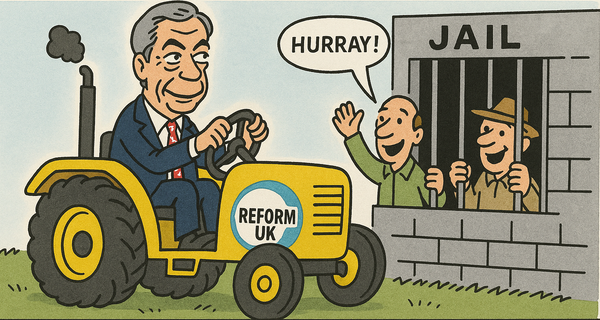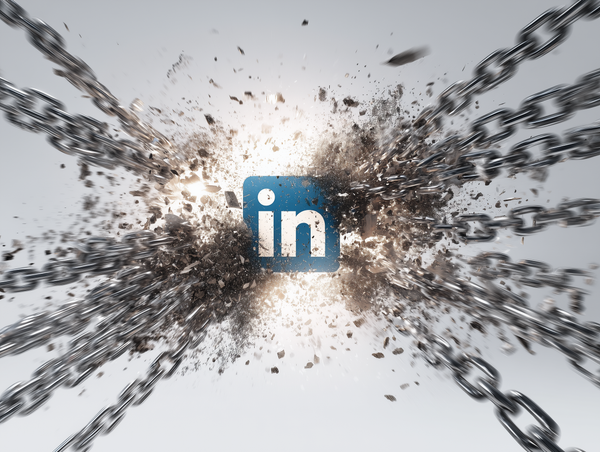Step back, and rethink journalism in an AI age
I finally found the perspective on generative AI I've been missing
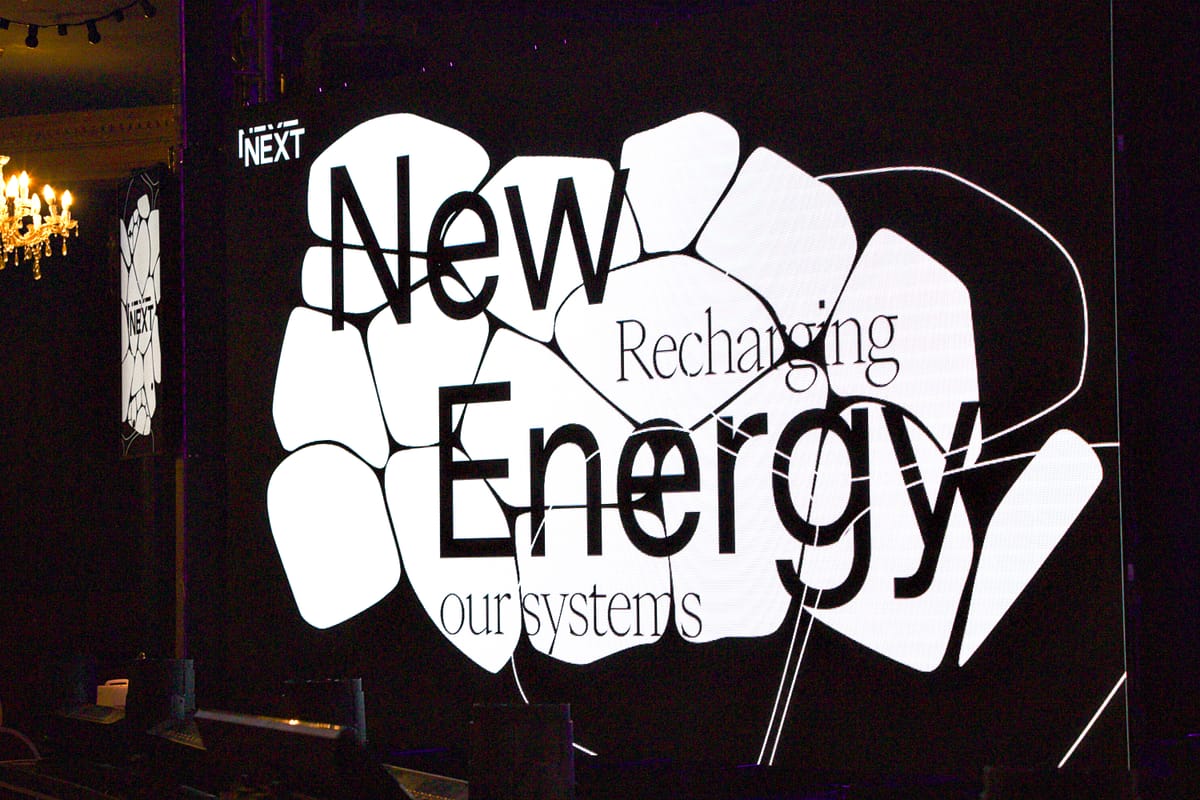
It’s always good to get out of the journalism bubble for a while. I spent the later half of last week in Hamburg, for the annual NEXT conference, run under the aegis of Accenture Song these days. I’ve been attending the conference since 2011 (when it was in Berlin), and working with them since 2012.
Why I value it both as a conference and as a client is that it almost forcibly wrenches my head out of the media world and makes me look at things on a bigger stage, and from a wider perspective. And this week, the contrast between the Future of Media Technology conference the week before, and this one was particularly acute.
Both were very much about AI. But the media businesses were still locked into the mindset of using generative AI to make content. In essence, most of the use cases were straight replacement of human labour with machine generation. The ideas raised on the main stage in Hamburg were much grander than that. For example, one speakers suggested that our entire power-supply infrastructure needs rethinking, for a combination of renewable energy abundance and local micro-generation. And we’ll need AI to manage that. That’s a big vision of a different future.
Or what happens when we train LLMs on the physical world, rather than then digital ones? Right now, most AIs are just creating based on what they find on the internet. But our digital output is only a fraction of the real world.
We need to think different about AI
These are much bigger ideas than we’re engaging with as an industry. We are skating to where the puck was, the potential of AI two years ago, rather than to where it will be. And perhaps that’s because of an inherent conservatism around technology in the media world. After all, the sort of machine learning we’re calling AI now isn’t actually new; the only change is the arrival of generalised, consumer-facing models.
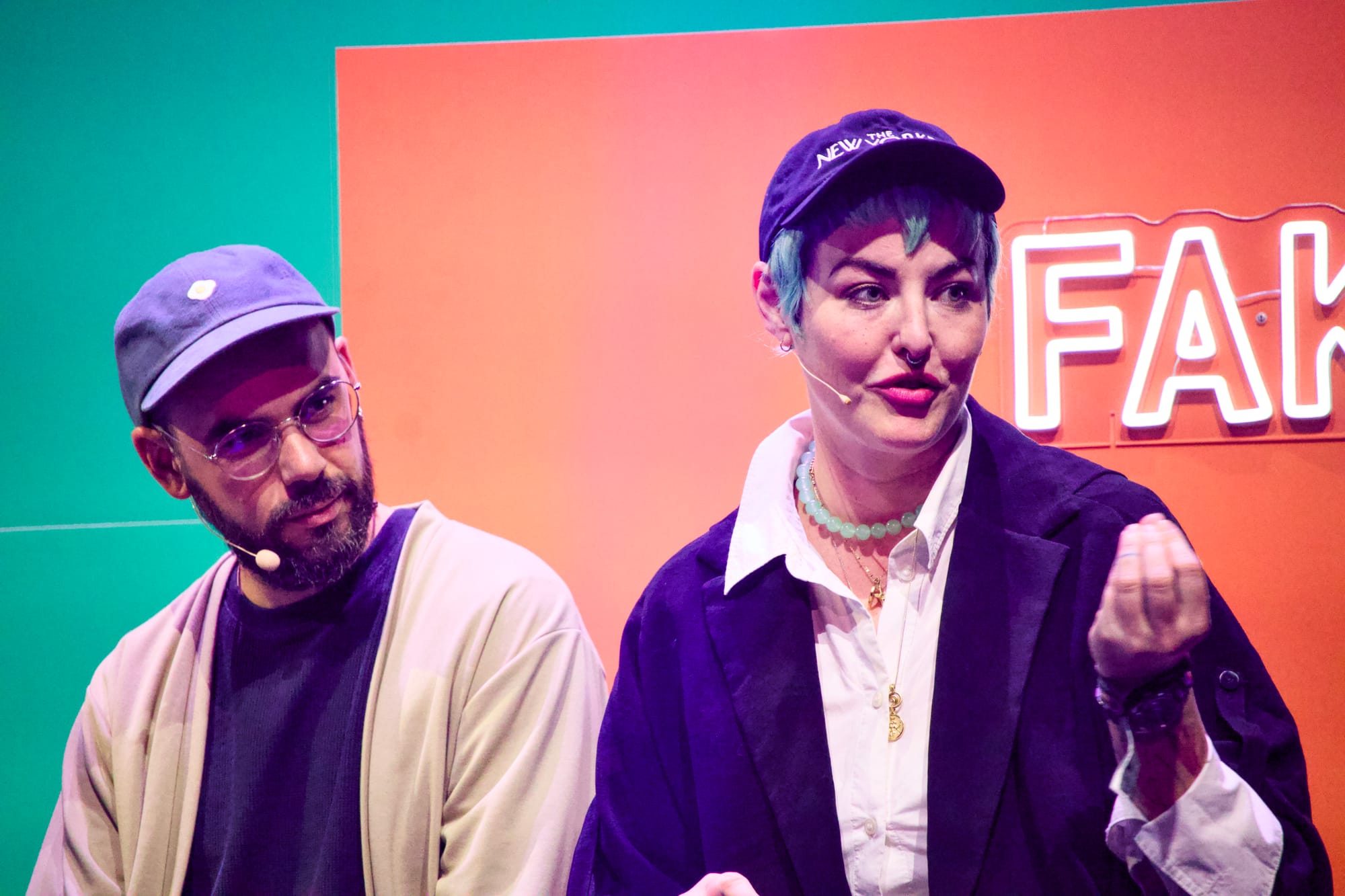
As Accenture Song’s Elizabeth Valleau put it:
We’re not at the dawn of AI, but the dawn of consumer-facing, Muggle AI.
And yes, we’re muggles in this context, chasing after the most obvious uses of generative AI: content creation. But we're using consumer-level tools to do it. Tools anyone can use — so anyone can become a competitor. Digital made the price to entry of publishing just the cost of human labour, as online publishing was so cheap. AI lowers that barrier even further…
But what if content creation is not what it’s best at? What if genAI is actually better at creating ideas than finished work? This was explored in a session on reimagining creativity that Valleau was part of, as was Pau Garcia:
There’s divergence innovation, says Pau, where you’re just exploring ideas, and then converging work, where you pin it down into place. Many of our tools are convergence-based: taking ideas and making them into something. Generative AI is a divergence tool — it gives you things, but not always what you expected, and that can create new ideas.
Don’t just replicate, innovate
We’re still largely using AI as an efficiency tool. Or, worse, as a cost-saving one. What we ought to be doing is thinking about what unique value journalism brings in an age of cheap, abundant and worthless AL slop. And then re-engineering our products and businesses around that value, using AI to support that when it makes sense.
Volvo’s Timmy Ghiurãu views emerging technologies as something that needs to be integrated across the company, not as something you deploy situationally:
Integrating emerging technologies requires an iterative process; you need to iterate on your ideas. And you need to work with multiple teams. You don’t want to concentrate on one department, on one process, and then make that a bottleneck. To create value, you have to implement the tools across the value chain.
Bolting AI onto existing processes is probably not how we should be addressing this tech shift.
Rethinking journalism as service
For example, as someone who believes that community development is an essential part of audience engagement, I found Jon Alexander’s session to be a fascinating one. He suggested that we’re in the midst of a societal transition from a consumer-based society, to a citizen-based society.
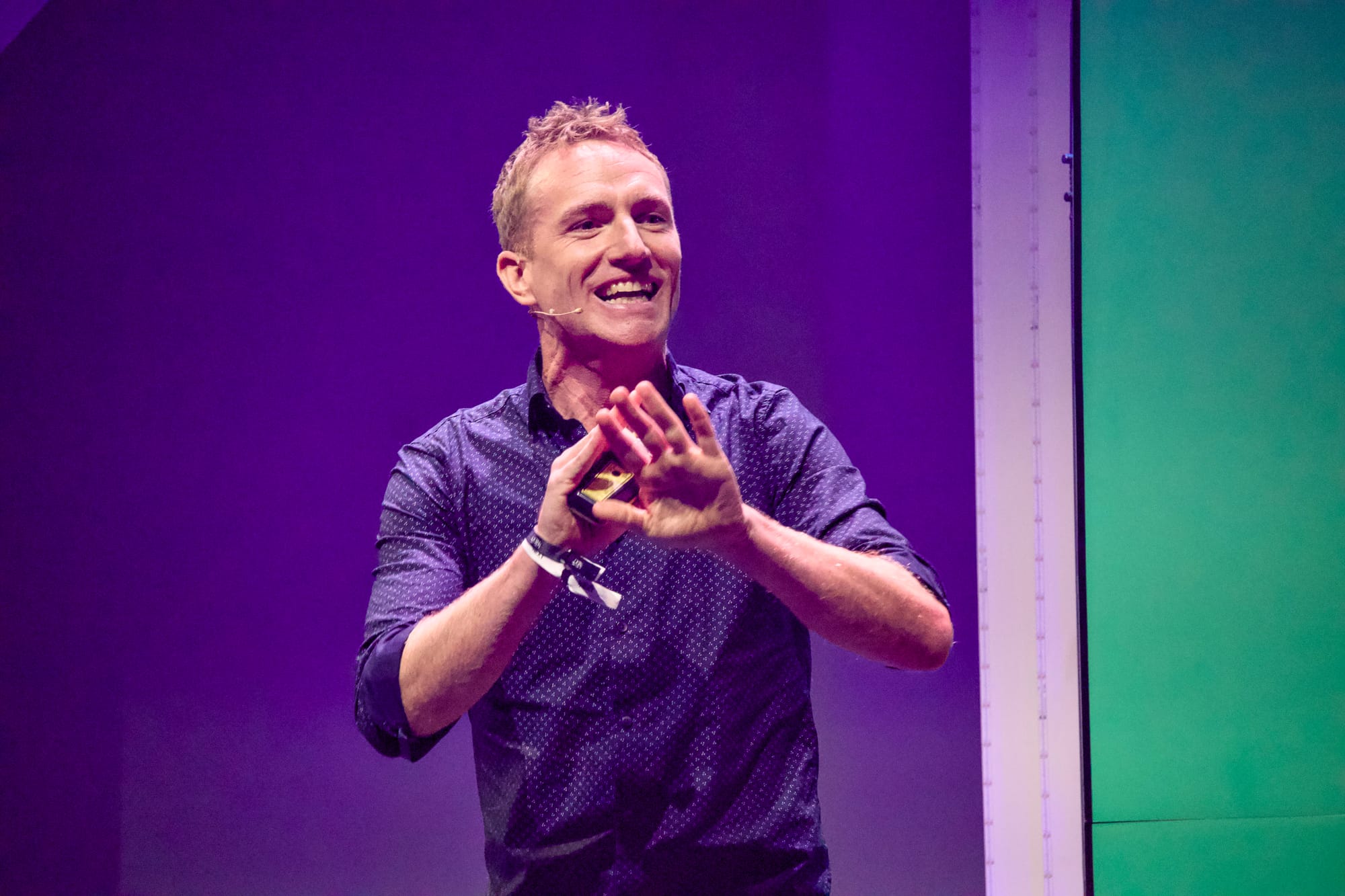
What role could journalism play in ensuring we have a more informed democracy, with citizens able to both participate in citizens’ assemblies — and able to defend and explain their decisions afterwards? In particular, this statement applies as much to journalistic organisations as government bodies:
If institutions start trusting people, people will start trusting institutions again.
We’re going to need people to trust journalistic institutions as aggregations of trustworthy, skilled individuals if we’re to retain their loyalty — and subscriptions — in the face of AI content abundance.
AI in product design
How about using brain/computer interfaces as part of our product design approach? We’re not talking about driving electrodes into people’s heads, but by using caps to capture people’s neurological reactions to particular stimuli.
Here’s Maryam Alimardani talking about how they’re already doing that in marketing:
One firm is using neuro-feedback to test packaging — if they can see the signals of intense attention towards a piece of packaging, it suggests that people will learn more from the packaging. But we could use this for environmental reasons, by focusing consumers’ minds on the sustainable aspects of the product.
I came away from Hamburg with a real sense that we, as an industry, need to step back, and really rethink what we do, and how we productise it, in light of this emergent tech. Finding with fitting existing journalism wine into new AI bottles isn’t going to deliver us the results we need to survive the next decade.
It’s just repeating the mistakes we made 20 years ago. Let’s learn from that past, and be a lot more creative in how we embrace — or not — AI.


